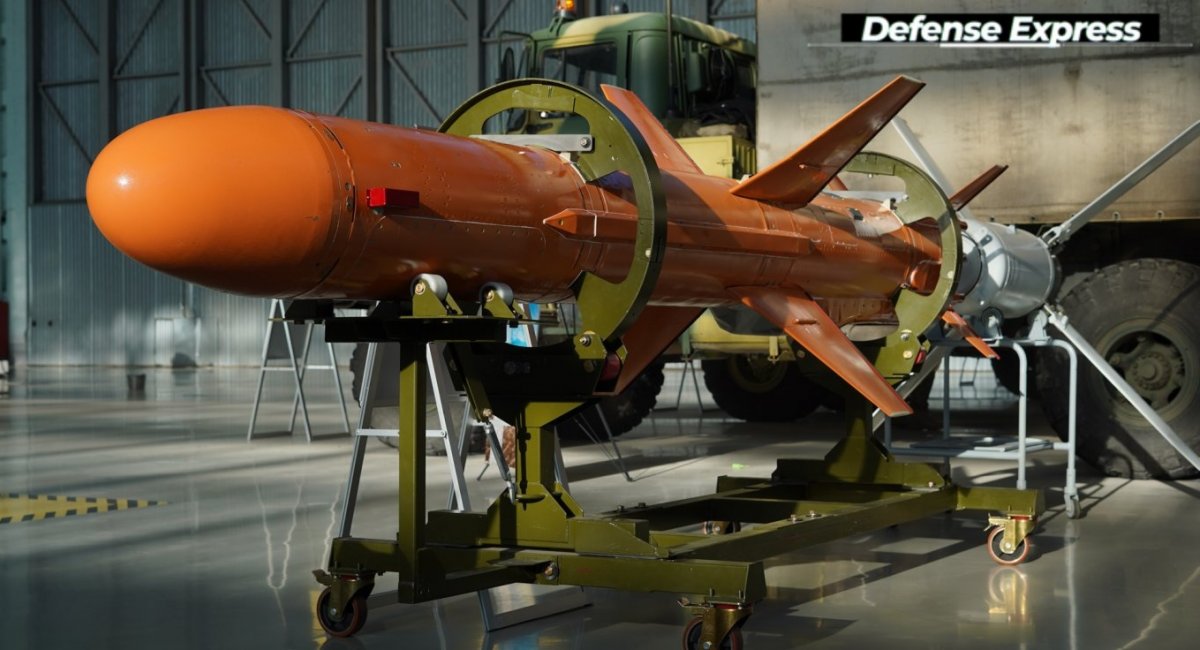Neptune’s successful strike on the Konstantin Olshansky demonstrates the high potential of the updated missile
The effective strike and disabling of the large landing ship “Konstantin Olshansky” by the Neptune missile directly indicates its completely new capabilities
As officially reported by the Ukrainian Navy during the attack on March 24, 2024, on the still-occupied Sevastopol, the “Konstantin Olshansky”, captured in 2014, should be added to the damaged and disabled large landing ships of the Black Sea Fleet “Azov” and “Yamal”.
This VDK was located in Sevastopol Bay for 9 years, but, according to Navy spokesman Dmytro Pletenchuk, the enemy tried to restore it and pass it off as the allegedly repaired Minsk (hit on September 13, 2023), or another ship of the same 775 project, the Olenegorskiy Gornyak (hit on August 4, 2023).

But the most important thing is that a Ukrainian anti-ship missile Neptune was used to attack the Konstantin Olshansky.
“This ship was to be used against Ukraine. Unfortunately, it was not. Therefore, it was decided to hit this unit with our Neptune. The damage was inflicted. The damage is being clarified… In any case, it is not combat-ready now either,” said Pletenchuk.
And the fact that the Neptune was chosen for the attack most likely means that this missile has undergone a deep modernization.
The first aspect is the range. Officially, for Neptune, it is defined as up to 280 km. But it is barely enough to launch a missile in a straight line from coastal positions without providing opportunities for maneuvering and bypassing air defense zones. But that’s not the main thing, because even the official name of the R-360 Neptune missile is meant to be a hint. Although there was already unofficial information that its range had been increased to 400 km.
The main issue is target selection during an attack. Because according to public information, as of 2021, the Neptune missile with an active radar homing head could distinguish and attack ships that were divided into the conventional categories of small, medium, and large. Moreover, it is an anti-ship missile designed to attack targets at sea.

This means much lower requirements for the guidance system, as opposed to when it is necessary to hit a ship that is at a berth or even at the dock. And also in a bay filled with other ships, especially those of the same type. And not just in the bay, but protected by air defense and electronic warfare.
In addition, an extremely important requirement of such an attack is the distribution of targets between missiles, as other targets in the same bay were attacked simultaneously. And the distribution of targets in a simultaneous attack is a very difficult task to ensure an effective salvo launch, because otherwise all the missiles may well hit the same ship.
Thus, all that can be said now is that Neptune has developed a lot in recent years and gained new extremely important capabilities.

